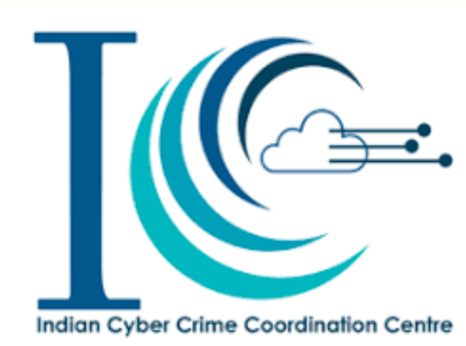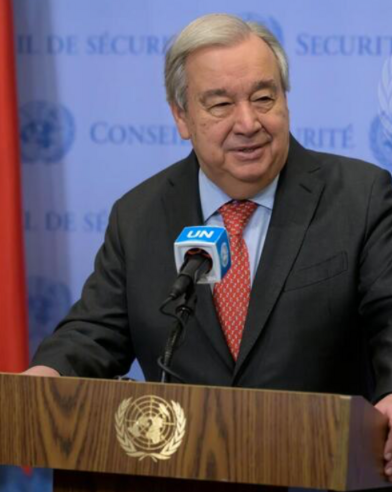Daily Current Affairs | March 15 2025 |
Important Topics from Current Affairs : 1) ‘Pratibimb’ Module by I4C 2) UN80 Initiative 3) Coronal Mass Ejection 4) 6 New Indian Sites in UNESCO’s Tentative List
Jumbo IAS
3/15/20254 min read
1) ‘Pratibimb’ Module by I4C
The 'Pratibimb' module, launched by Union Home Ministry's Indian Cyber Crime Coordination Centre (I4C), has led to the arrest of 6,046 accused, 17,185 linkages, and 36,296 cyber investigation assistance requests.
The module 'Pratibimb' maps the locations of criminals & crime infrastructure on a map to give visibility to jurisdictional officers.
The module also facilitates seeking and receiving of techno-legal assistance by Law Enforcement Agencies from I4C.


Benefits
Enhanced cyber-policing.
Less delays in Cybercrime resolution.
Coordination between Law Enforcement Agencies (LEAs) of different states/UTs.
Boosts national security by preventing digital frauds, financial scams, and data breaches.
Other Initiatives under I4C
Samanvaya Platform - It is a coordination platform for Law Enforcement Agencies(LEAs) for cybercrime data sharing and analytics. It provides analytics based on interstate linkages of crimes and criminals involved in cybercrime complaints across various States/UTs.
National Cyber Forensic Laboratory (Investigation) - A state-of-the-art forensic lab established as part of the I4C in New Delhi to provide early-stage cyber forensic assistance to Investigating Officers (IOs) of State/UT Police.
2) UN80 Initiative
UN Secretary General Antonio Guterres has announced a new initiative aimed at improving efficiencies at the 80-year-old world organisation and making it more cost-effective.
He also voiced concern over shrinking resources and liquidity crisis amid an environment of "uncertainty and unpredictability".
Year 2025 marks the 80th anniversary of United Nations.


Role of UN 80
Resource Efficiency - Come up with proposals in areas of rapidly identifying efficiencies and improvements in the way the UN works.
UN Mandate - Thoroughly reviewing implementation of all mandates given to the UN by member states, which has significantly increased in recent times.
Structural Reforms - A strategic review of deeper, more structural changes and programme realignment in the UN system.
UN Secretary General
The Secretary-General is the chief administrative officer of the United Nations, responsible for carrying out the day-to-day work of the organisation as mandated by the General Assembly and other main organs.
Appointment - Appointed by the General Assembly on the recommendation of the Security Council.
The current UN Secretary-General, serving since January 1, 2017, is António Guterres of Portugal.
Role - Helping resolve international disputes; Administering peacekeeping operations; Organising international conferences; Gathering information on the implementation of Security Council decisions; Consulting with member governments regarding various initiatives.
3) Coronal Mass Ejection
Scientists from the Indian Institute of Astrophysics (IIA) have reported observations of a flareless coronal mass ejection (CME) from the solar atmosphere with the Visible Emission Line Coronagraph (VELC) instrument onboard Aditya-L1 mission.
The VELC payload aboard Aditya L-1 was developed by IIA.


About CME
Large expulsions of plasma and magnetic fields from the Sun's corona, can disrupt Earth's magnetic field and cause geomagnetic storms, potentially affecting satellites, power grids, communication systems and cause Aurorae.
Cause - Unstable solar magnetic field. More frequent during solar maxima of 11 year solar cycle.
Generally, CMEs are accompanied by Solar Flares, which are intense bursts of electromagnetic radiation(X-rays & Gamma rays) from the sun's surface.
Flareless CME
A massive ejection of plasma and magnetic field from the Sun’s corona that occurs without an associated solar flare.
These CMEs have no significant X-ray or radio emissions, making early detection difficult.
Travel at lower velocities than flare-associated CMEs.
Less frequently observed compared to flare-associated CMEs.
Can still trigger geomagnetic storms on Earth, affecting satellites and communication systems.
4) 6 New Indian Sites in UNESCO’s Tentative List
A set of six properties have been added to India's tentative list by UNESCO’s World Heritage Centre.
These sites were added to the list on March 7, the Permanent Delegation of India to Unesco said in a statement.


UNESCO Tentative List
The 'tentative list' is an inventory of properties each country intends to consider for Unesco nomination.
With these additions, India now has 62 sites on the tentative list.
Addition to the World Heritage Centre's tentative list is mandatory if a property is to be nominated for inscription to World Heritage List in future.
At present, 43 properties from India are inscribed on Unesco World Heritage List, including 35 in 'Cultural' category, 7 in 'Natural' & one in 'Mixed' category.
6 Sites Included in Tenntative List
Kanger Valley National Park in Chhattisgarh;
Mudumal Megalithic Menhirs in Telangana;
Ashokan Edict Sites along the Mauryan Routes (multiple states);
Chausath Yogini Temples (multiple states);
Gupta Temples in north India (multiple states), and
Palace-fortresses of the Bundelas in Madhya Pradesh and Uttar Pradesh.
About UNESCO
A specialised agency of the United Nations with the aim of promoting world peace and security through international cooperation in education, arts, sciences and culture.
Headquarters - Paris.
World Heritage List is a compilation of sites having significant natural or cultural significance.
Sites are selected in following categories : cultural, natural, and mixed heritage.


